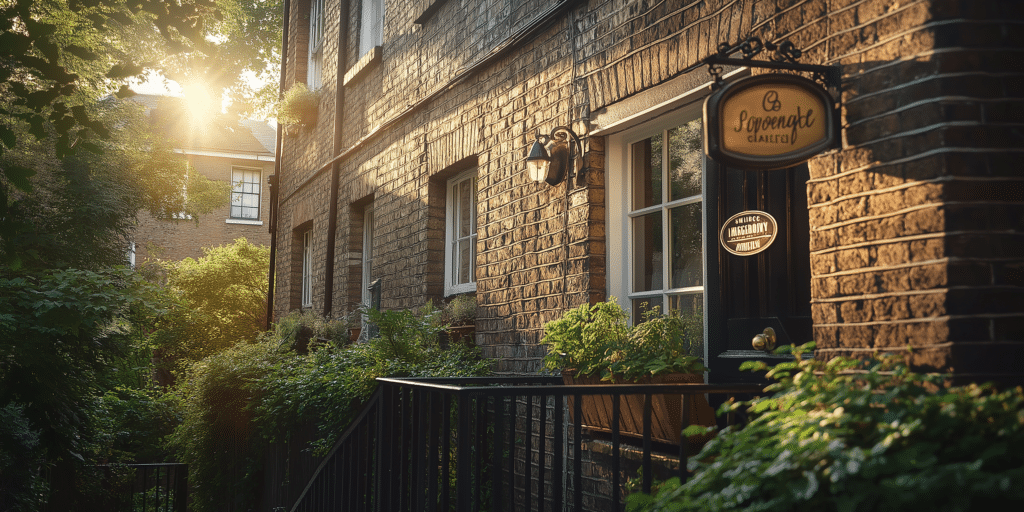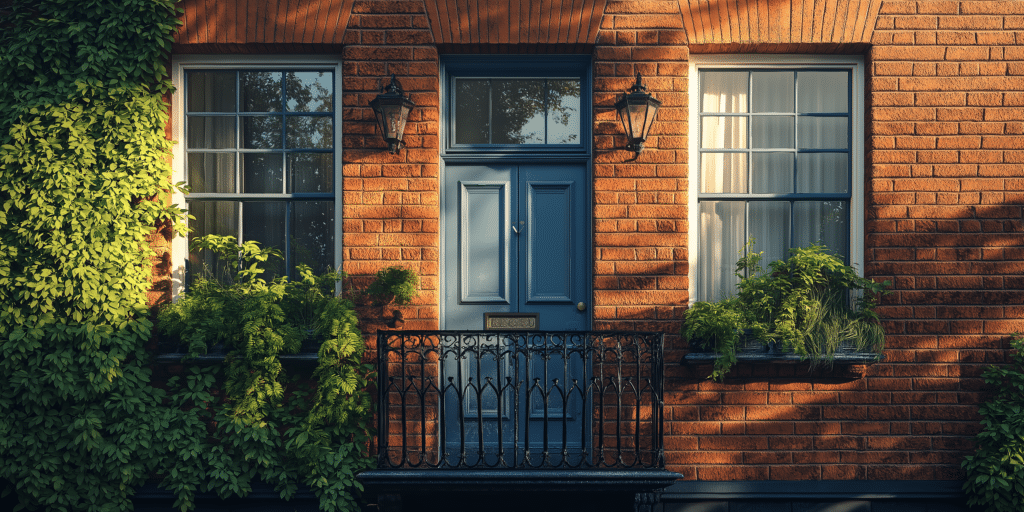The Extrusion Process: How Are Sash Windows Made?

The sash window extrusion process is highly technical, designed to create precise, long-lasting window frames from materials like uPVC, aluminium, and fibreglass. Here’s a detailed step-by-step explanation:
- Material Selection: One of the first steps in extrusion involves choosing high-quality materials. Aluminium offers excellent strength and slimline aesthetics, whereas uPVC is a cost-effective option with superior insulating capabilities. Fibreglass is also a durable and energy-efficient choice but comes slightly cheaper.
- Shaping and Moulding: After the material is heated to a malleable state, it is pushed through a pre-designed mould to form the desired shape of the window frame. The precision of this process ensures that every sash window frame is uniform, simplifying the installation process and improving overall window performance.
- Cooling and Cutting: Once extruded, the material is cooled and cut into the appropriate lengths for assembly. This step guarantees the material retains its integrity and does not warp or distort, ensuring a perfect fit when installed.
- Surface Finishing: The final step involves finishing the surface, whether adding a protective coating, low-E glazing, or simply ensuring the frame is smooth and polished. A high-quality finish enhances the appearance and prolongs the lifespan of the windows, protecting against corrosion, UV light, and wear.
Exact replicas of the originals almost always receive planning approval, ensuring that key architectural features like architrave and mouldings are retained while improving energy efficiency through double glazing. This process ensures strength, durability, and compliance with conservation standards when maintaining the authenticity of traditional properties.
Benefits of Extruded Sash Windows: Why Choose This Process?
The benefits are numerous:
- Durability and Strength: Extruded aluminium and uPVC frames are highly durable and resistant to common issues like rot, warping, and corrosion, often affecting timber frames. With proper maintenance, aluminium frames can last upwards of 40 years, and uPVC windows have a lifespan of 20-30 years, making them a worthwhile investment.
- Energy Efficiency: One of the most significant advantages of extruded sash windows is their ability to improve a building’s energy efficiency. Forming airtight seals and using double or triple glazing prevents heat transfer, keeping your home warmer in winter and cooler in summer, ultimately reducing energy costs.
- Low Maintenance: Unlike traditional timber, extruded materials are virtually maintenance-free. uPVC and aluminium windows do not require regular painting or sealing, making them highly convenient for homeowners.
- Customisation: Extrusion allows for various bespoke designs. Choose from a wide range of colours, finishes, and styles, including woodgrain-effect uPVC, to mimic the appearance of traditional timber.
Your attention to detail and ‘doing it right’ were greatly appreciated. Decades of neglect were handled with great care,” emphasising how meticulous the extrusion and restoration process can be when enhancing both functionality and aesthetic integrity.
Why Extruded Sash Windows Are Ideal for Energy Efficiency

If energy efficiency is your priority, extruded sash windows are a top choice. But how exactly do they contribute to energy savings?
- Airtight Seals: Thanks to the precision of the extrusion process, sash window frames are tightly sealed, preventing draughts and air leakage. These windows help reduce energy bills by keeping your home insulated year-round by eliminating gaps.
- Low-E Glass: Many extruded sash windows come with low-emissivity (Low-E) coatings, which reflect heat back into your home in winter while reducing heat gain in the summer.
- Double and Triple Glazing: Double glazing is effective but offers even more insulation, making it ideal for homes in colder climates or those seeking maximum energy savings.
- Sustainable Manufacturing: Both uPVC and aluminium are recyclable, so choosing extruded sash windows contributes to sustainability. Recycling these materials reduces waste and contributes to a more eco-friendly building project.
How Does Extrusion Compare to Traditional Window Manufacturing?
Traditional sash windows are typically made from timber, a material prone to warping, swelling, and rotting. Extruded windows, in contrast, are more durable and resistant to environmental damage, making them a superior long-term solution. The uniformity of extruded materials makes them easier to repair or replace, as the parts are standardised and readily available. This reduces repair costs because parts can be swapped easily.
While timber windows are often seen as an eco-friendly option, uPVC and aluminium are recyclable. Recycling these materials helps lower their carbon footprint, offering a sustainable option for those seeking eco-friendly building solutions. Extruded windows can be customised with various colours and finishes, offering a modern yet traditional look that fits with both heritage and contemporary homes.
The precision of extruded frames means installation is much faster, and the resulting airtightness is excellent, helping homeowners save on heating costs.
Sash Window Materials: Which Material Is Right for You?

Choosing the right material for your sash windows depends on your needs: durability, aesthetic appeal, or energy efficiency. But which material best suits your home?
- Aluminium: Known for its strength and sleek look, aluminium windows are often chosen for modern homes. While aluminium doesn’t offer the same thermal efficiency as uPVC, modern aluminium windows incorporate thermal breaks to reduce heat transfer. This can be a great option for homes with high design needs and those who want efficiency.
- uPVC: Cost-effective and highly insulating, uPVC sash windows are a popular choice for energy-conscious homeowners. While uPVC is less strong than aluminium, it still provides excellent durability and moisture resistance. UPVC windows can reduce heat loss by up to 30%.
- Fibreglass: Fibreglass windows offer the best of both worlds for those seeking a middle ground between strength and insulation. They are stronger than uPVC but offer better insulation than aluminium, though they tend to be more expensive.
Window technician Andrew Mitchell comments: “We recommend fibreglass windows for customers who want both high durability and excellent energy savings, especially for homes exposed to extreme weather conditions.
Conclusion: Final Thoughts on Sash Window Extrusion
Extruded sash windows are a smart investment if you seek durability, energy efficiency, and customisation. Extruded materials like uPVC and aluminium provide long-lasting performance, energy savings, and flexibility in design.
Many homeowners find that these windows enhance the aesthetic value of their homes and provide significant savings on heating and cooling bills. Consult a certified sash window installer to explore material and style options tailored to your needs.
The great thing about extruded sash windows is the customisation options—you can match any home style while still benefiting from modern efficiency standards.
Ready to make the switch? By choosing extruded sash windows, you can enhance the look and feel of your home and invest in a long-lasting, low-maintenance solution that pays off over time.




